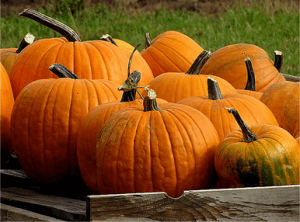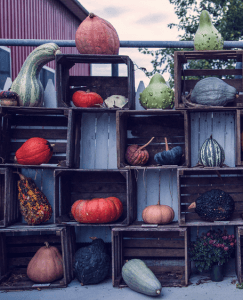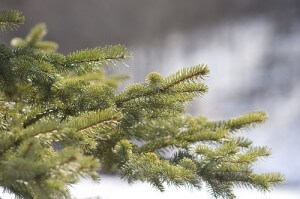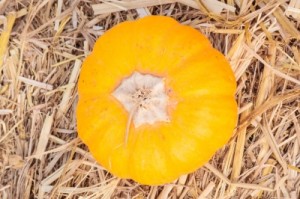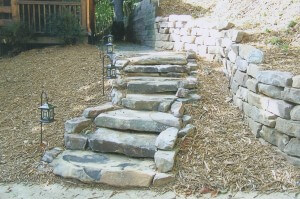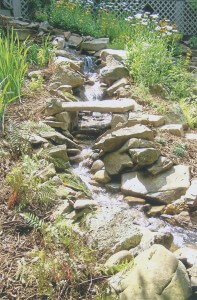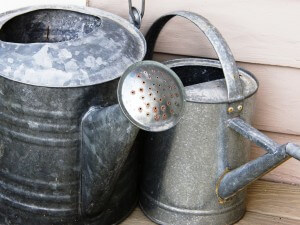The holidays are right around the corner and we know you’re starting think about your list of people to buy for. It’s tough! How do you know if they’ll like it? If you’re not sure what to buy them, a house-plant might be the perfect option! It’s a great statement to any home-decor and can make a home feel that much more like a sanctuary. Here are some great plants that make awesome holiday gifts:
Orchids: Orchids are a gorgeous plant to give as a gift. Given the right light and care, they can last for over 5 weeks and will continue to bloom for years to come. Each variety of Orchid is going to require different amounts of light and humidity. Generally, Moth Orchids are the easiest to grow and require the least amount of maintenance. 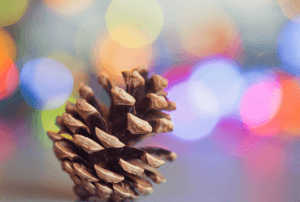
Christmas Cactus: Christmas Cactus is a great option for someone who can care for the plant. It is less expensive than many other plants or floral arrangements. Christmas cactus needs a lot of indirect sunlight as well as regular watering. These plants are very resilient and could be the start of a great tradition, many are passed down from generation to generation as long as they are well cared for!
Succulents: Succulents are a wonderful gift as they don’t need very much attention. Aloe Vera is a gorgeous option that can grown to be nearly three feet tall. This plant does best in bright light.
Tis’ the season! Ready to start checking names off of your holiday gift list? Come and see what’s in store for the holidays at Whispering Springs Nursery in Jasper, GA.




